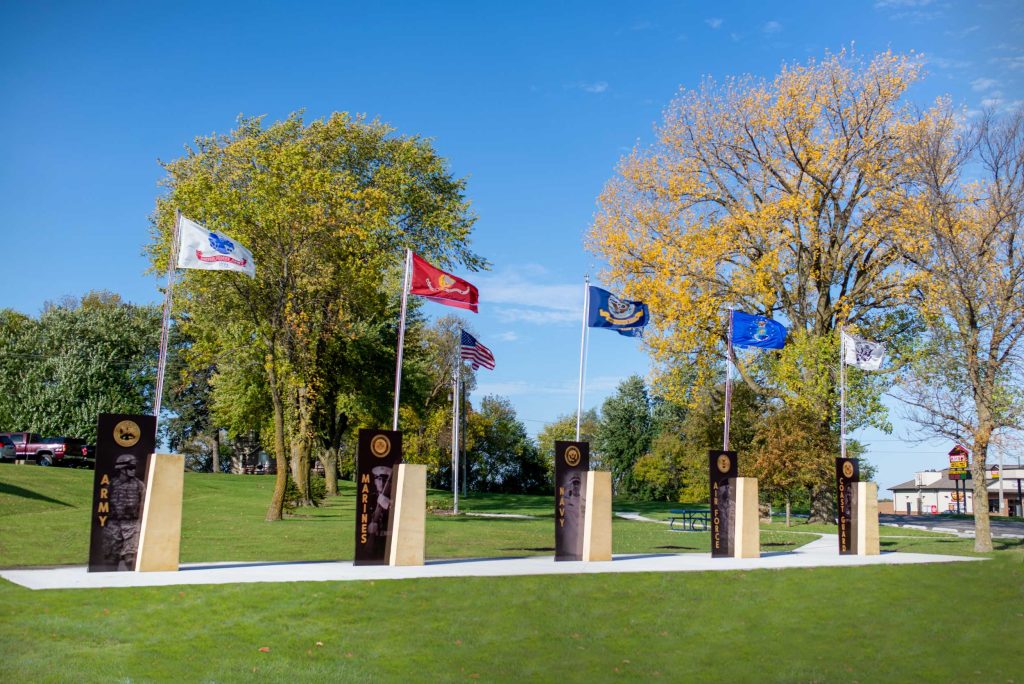Projects
Melissa Road
Location:
Melissa, TX
Expertise:
Construction, Transportation
Services:
Construction Materials Testing and Inspection, Roadway Design, Survey, Traffic Engineering
The city of Melissa, Texas enacted the Major Thoroughfare Plan that is part of the City’s Comprehensive Plan. To address the city’s needs our firm was hired to provide design, procurement, geotechnical services, construction management services and other services.
The project consisted of 3,200 linear feet of Melissa Road including 700 linear feet of new roadway and 2,500 linear feet of reconstructed roadway. In addition, there were 200 linear feet of new railroad crossing on Harrison Street and 2,100 linear feet of reconstruction for various connecting cross streets. These are existing asphalt streets to new curb and gutter streets with sidewalk, drainage, and utility improvements.
Our firm designed major drainage improvements, which included 3,600 linear feet of 15-inch to 48-inch RCP, 1,400 linear feet of box culverts ranging in size from 4’x2’ RCB to 10’x4’ RCB, headwalls, drop inlets, curb inlets, manholes, and channels. New water line improvements included 3,500 linear feet of 6-inch to 24-inch water pipe with associated valves, hydrants, fittings, and steel encasement. The project required adjustment to sanitary sewer laterals, cleanouts, and manholes, new street lighting, new traffic signals, traffic control design and coordination, hydraulic mulching, sod, fencing, and erosion control.
We developed a traffic signal design for the addition of a fourth leg to the Melissa Road / SH 5 intersection just east of SH 5. This work included electrical design to the power source with ultimate delivery of plans, specifications, and estimates to the City of Melissa. Signing and striping improvements were incorporated including solar powered flashing beacon assemblies in advance of the adjacent fire station. Traffic signals were span wire type with radar for vehicle detection, and pedestrian push buttons were located per ADA requirements.
The project also involved a wetlands area designated as “Waters of the United States” with the Clean Water Act jurisdiction. This included activities subject to the requirements of Section 404 of the Clean Water Act. Therefore, reports and mitigation credits had to be completed to acquire a Nationwide Permit. Reports and forms included an Archeology Study and Survey, Wetland Determination Data forms, an Antiquities Permit Application, and a Jurisdictional Determination Report. We were able to get an approved Nationwide Permit back from the US Army Corps of Engineers before the scheduled construction start date.
Additional services provided included surveying, staking, and material testing services. Construction management and coordination with DART, TxDOT, franchise utilities, and the public was required and is ongoing. Much of the improvements are within existing pavement and affect existing customers so coordination with the public and the client have been critical on the project.
Geotechnical materials testing work was performed to determine stabilization techniques; our firm performed all inspection and material testing. Field service sampled materials and moisture density curves were developed in our lab. Our field service tested in place densities of embankment and base, tested aggregate gradation, tested concrete for slump, air and compressive strength. Backfill material for utility and drainage improvements was tested for compaction density.




